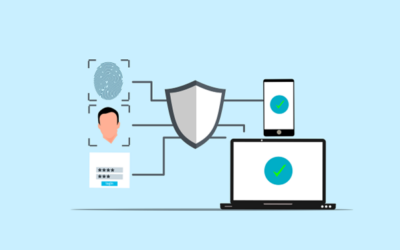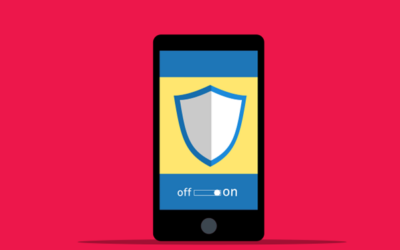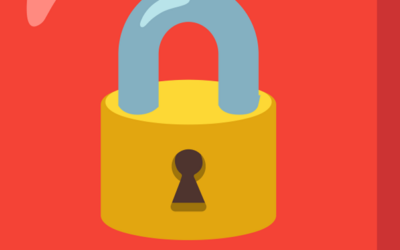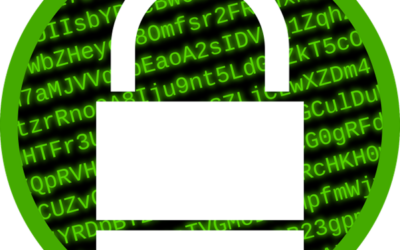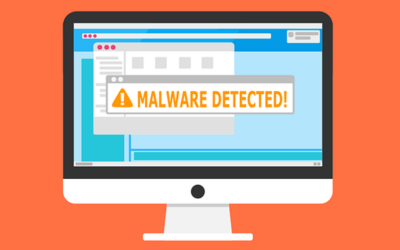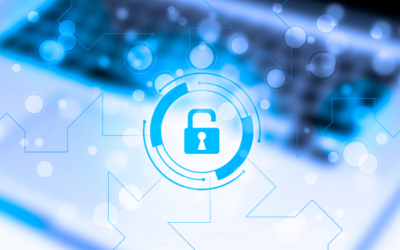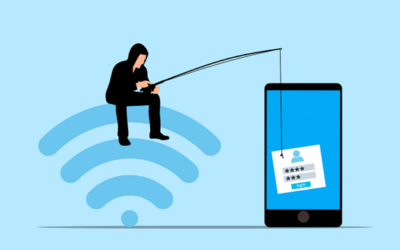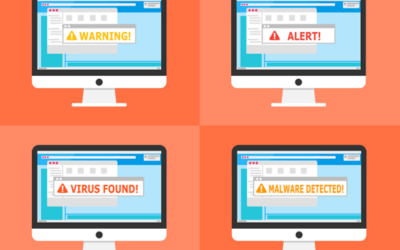The integration of smart home devices has become synonymous with modern living. They offer convenience, efficiency, and connectivity at our fingertips.
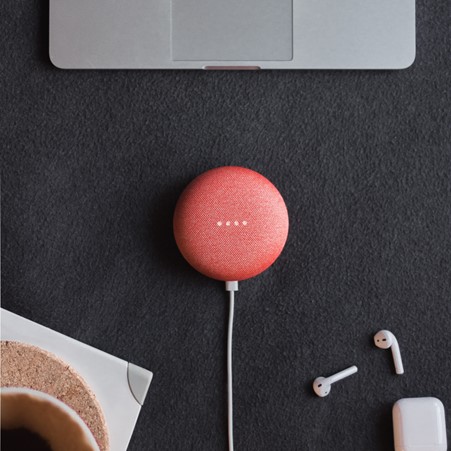
However, a recent study has raised concerns about the darker side of these smart gadgets. It suggests that our beloved smart home devices may be spying on us.
It’s natural these days to invite these devices into your home. Yet, there is also the need to scrutinize their privacy implications. We’ll shed some light on the potential surveillance risks posed by smart home devices and discuss ways to safeguard your privacy in an era of increasing connectivity.
The Silent Observers in Our Homes
Smart home devices can range from voice-activated assistants to connected cameras and thermostats. They have woven themselves seamlessly into the fabric of our daily lives.
These gadgets promise to make our homes smarter and more responsive to our needs. However, a study by the consumer advocate group Which? raises unsettling questions. What is the extent to which they may be eavesdropping on our most private moments?
The study examined the data practices of popular smart home devices, including those by Google and Amazon. It revealed a landscape where the lines between convenience and surveillance blur.
Key Findings from the Study
The study scrutinized several popular smart home devices, such as smart TVs, doorbell cameras, and thermostats. It uncovered several alarming revelations.
Widespread Data Sharing
A significant number of smart home devices share user data with third-party entities. This data exchange is often unbeknownst to users. It raises concerns about the extent to which companies share our data without explicit consent.
Potential for Eavesdropping
Voice-activated devices, like Alexa, are common. Smart speakers and assistants were found to be particularly susceptible to potential eavesdropping. The study revealed some eyebrow-raising information. There were instances where these devices recorded and transmitted unintentional audio data. This poses privacy risks, especially for users who may unknowingly be under constant auditory surveillance.
Lack of Transparency
One of the most disturbing aspects highlighted by the study is the lack of transparency. Data practices are often obscured under mountains of text.
Many smart home device manufacturers fail to provide clear and comprehensive information. Including details about how they collect, store, and share user data. This leaves consumers in the dark about the potential privacy implications of connected homes. But what you don’t know can hurt you in this case.
Security Vulnerabilities
The study also identified security vulnerabilities in certain smart home devices. This highlights the risk of unauthorized access to sensitive information. Inadequate security measures could expose users to cyber threats and compromise the integrity of their smart home ecosystems.
Navigating the Smart Home Landscape Safely
Here are the key steps to navigate the smart home landscape safely.
1. Research Device Privacy Policies
Before purchasing a smart home device, review the manufacturer’s privacy policy carefully. Look for transparency about things like:
- Data collection
- Sharing practices
- Security measures in place to protect user information
2. Optimize Privacy Settings
Take advantage of privacy settings offered by smart home devices. Many devices allow users to customize privacy preferences. These can include turning off certain data-sharing features and adjusting the sensitivity of voice-activated functionalities.
3. Regularly Update Firmware
Ensure that your smart home devices have the latest firmware updates. Manufacturers often release updates to address security vulnerabilities and enhance device performance. Regular updates help fortify your devices against potential cyber threats.
4. Use Strong Passwords
Put in place strong, unique passwords for each smart home device. Avoid using default passwords. These are often easy targets for hackers. Strengthen your home network security to protect against unauthorized access.
5. Consider Offline Alternatives
Research whether you can achieve certain smart home functionalities with offline alternatives. Opt for devices that operate offline or have limited connectivity if you can. This can reduce the potential for data exposure.
6. Limit Voice-Activated Features
If privacy is a top concern, consider limiting or turning off voice-activated features. This reduces the likelihood of accidental audio recordings and potential eavesdropping.
7. Regularly Audit Connected Devices
Periodically review the smart home devices connected to your network. Seeing just how many there are may surprise you. Remove any devices that are no longer in use. Or that lack adequate security measures. Keep a lean and secure smart home ecosystem to mitigate your risk.
Don’t Leave Your Smart Home Unprotected – Schedule a Security Review
The connected era invites us to embrace technological advancements. But we need to do it responsibly. You don’t want the convenience of smart home devices to compromise your data privacy.
Just how secure is your smart home and Wi-Fi network? Need to find out? We can help.
Contact us today to schedule a smart home security review.
The article was used with permission from The Technology Press.

